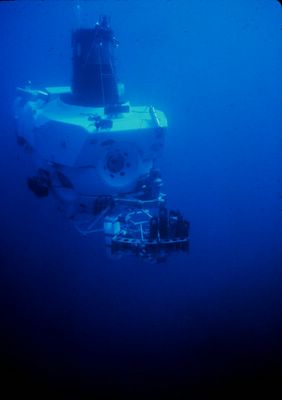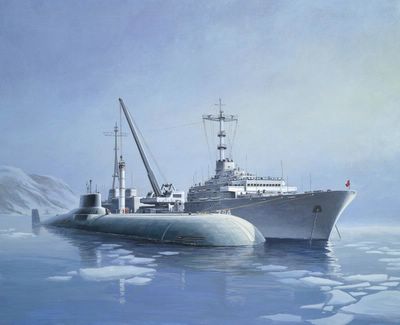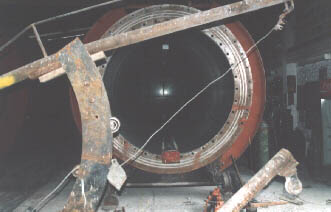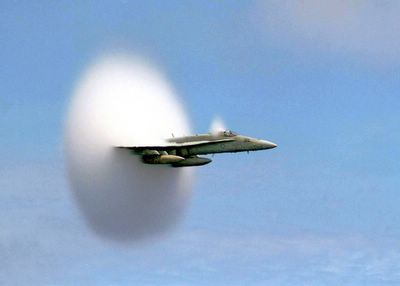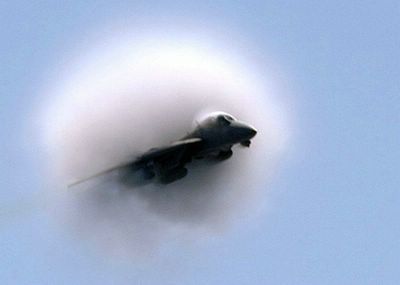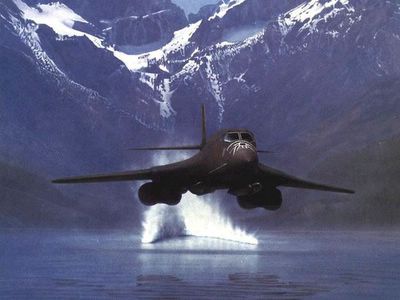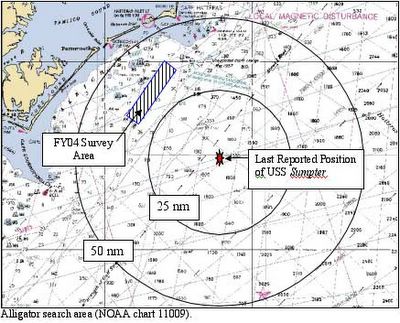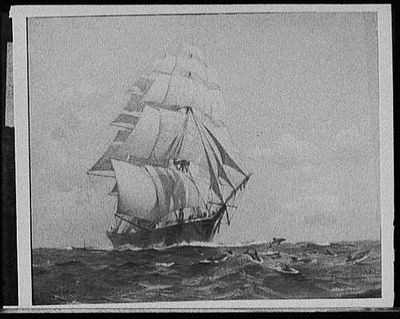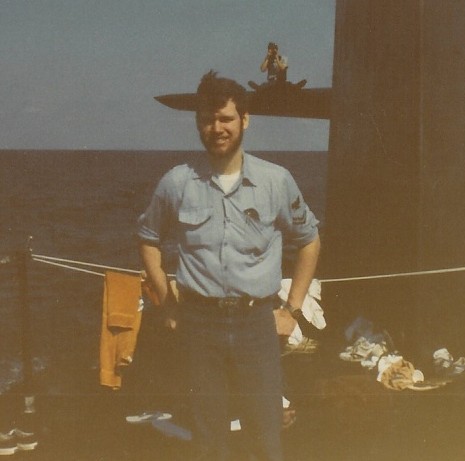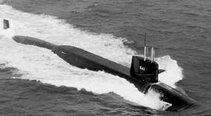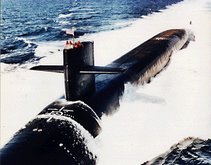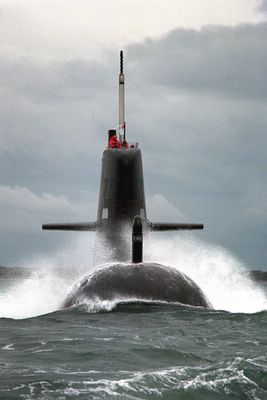
Australian Collins Class Submarine (Source: Australian Navy)
The Australian Navy uses the Remora (Remotely Operated Rescue Vehicle) system for submarine rescue. The Remora system is a product of Ocean Works International of North Vancouver, BC Canada. The company has a good streaming video link promo of the system.
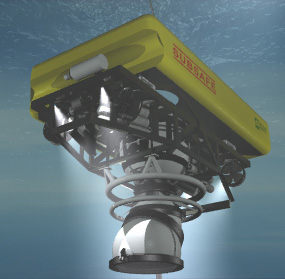
Remora Submarine Rescue System (Source: Australian Navy)
The Remora system seems a very capable submarine rescue system with the following specs:
Operational up to Sea State 4/5 transportable up to sea state 6+
Submerged depth up to 2000 ft
17 to 24 hours life support
Articulated mating skirt capable of up to 45 degrees mating lock
Transportable on C130 or larger military airlift aircraft
Can accommodate 2 crew + 16 passengers per rescue assent
The Australian Navy also has a comprehensive training program on submarine escape and rescue.
So you would conclude that the Australian Navy had a world class submarine rescue system. But seems that isn't so, the news site The Weekend Australian is reporting in an article Sub rescue unit 'a risk to lives' that there are significant problems with the AU Navy's submarine rescue program and equipment. As follows:
The navy's submarine rescue unit is in disarray, with faulty and obsolete equipment and poor training creating "intolerable" risks to sailors stranded under the ocean, according to a damning internal defence report.
A Review of Submarine Escape and Rescue Services documents a litany of frightening shortcomings that raise grave doubts about the navy's ability to rescue sailors from a stricken submarine.
The report, written in February, comes as the navy is seeking new hoses for its six Collins-class submarines to prevent a repeat of the catastrophic onboard flood that almost sank HMAS Dechaineux and its 55 crew in 2003.
The report, obtained by The Weekend Australian under Freedom of Information laws after an appeal to the Administrative Appeals Tribunal, concludes that the navy's submarine rescue system suffers from "a significant number of high risks".
Other specific problems cited in the AU Navy's report were a lack of spare parts for critical rescue equipment and a significant risk to the availability of cargo aircraft for Remora systems transport. Additionally training deficiencies may be a problem that could lead to equipment damage and failure.
In my opinion The Weekend Australian article goes a little overboard when it uses quotes that could have come from any submarine sailor in the world. An example:
"We always joke that escape systems are there for politicians and girlfriends," one submariner told The Weekend Australian.
"For the most part, the waters we operate in are too deep for rescue, and if an accident were to occur you would not be recovering anyone or anything. You'll just know where we went down."
Although the above two quotes are true for all who go to sea on submarines, it also true that it gets the public's attention when it appears a government is deliberately putting their sailors at risk.
With the HMAS Dechaineux flooding investigation the Assies have identified their problems and will fix their boats and systems. Therefore, they will continue to be one of the most capable submarine forces in the world.
Update 10/1/05: If you want to read back about the HMAS Dechaineux flooding incident Bubblehead at "The Stupid Shall Be Punished" has written a number of posts search link here.


